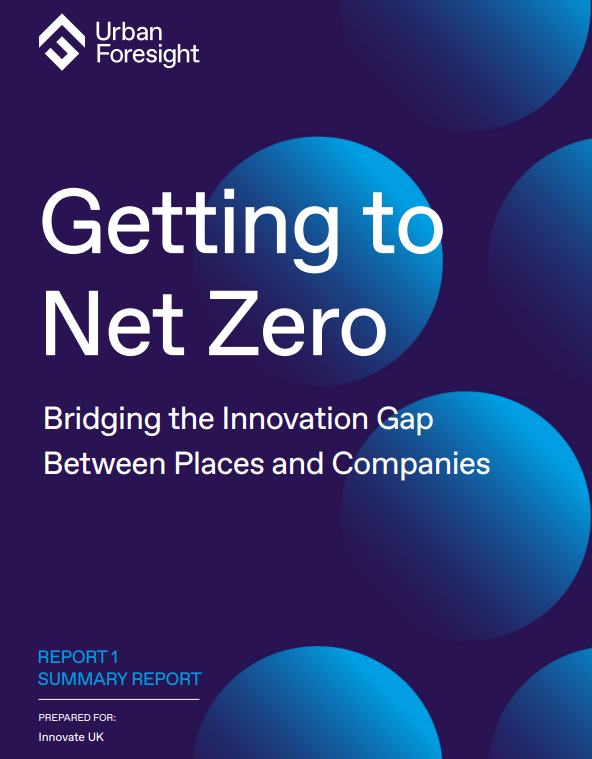The innovation gap is the set of frustrations, communication errors, and disconnects between local authorities and private-sector suppliers. Its causes are about culture more than technology. Local authorities and Innovate UK can help break down the gap by getting the right level of focus for Net Zero projects and procurements.
 The innovation gap is the set of frustrations, communication errors, and disconnects between local authorities and private-sector suppliers. Its causes are about culture more than technology. Local authorities and Innovate UK can help break down the gap by getting the right level of focus for Net Zero projects and procurements. Innovate UK should distinguish between emerging and established solutions to plan future work to address the gap – and should be rigorous about defining Net Zero, and how it relates to wider concepts of sustainability.
The innovation gap is the set of frustrations, communication errors, and disconnects between local authorities and private-sector suppliers. Its causes are about culture more than technology. Local authorities and Innovate UK can help break down the gap by getting the right level of focus for Net Zero projects and procurements. Innovate UK should distinguish between emerging and established solutions to plan future work to address the gap – and should be rigorous about defining Net Zero, and how it relates to wider concepts of sustainability.
Defining the Innovation Gap
The innovation gap is the set of frustrations, communication errors, and disconnects between local authorities and companies that want to supply them. Companies often find it difficult to sell innovative ideas to local government, while places often find companies unnerving to deal with, or hard to fit into their existing processes. These gaps prevent innovation and create barriers to Net Zero ambitions.
Causes of the Innovation Gap
In local government, there are five underlying causes of the innovation gap, which all relate to organisational culture in local government:
- Capacity. Local authority staff often lack the headspace, people, and funding to pursue innovation projects or move beyond familiar types of supplier.
- The nature of Net Zero. Understandings of Net Zero vary significantly. This means councils miss opportunities to link functions to Net Zero goals. It is a reactive and complex agenda, with a significant role for national government – which makes it easy for councils to limit their engagement with private suppliers who could help them.
- Budgets. Net Zero solutions may offer benefits across different parts of a local authority – but budgets usually sit separately, so innovators cannot show their potential impact.
- Procurement. A range of process failures means procurement actively discourages younger, more innovative firms with new business models or services.
- Structures. Companies want a single informed, interested, and influential figure or team to engage with. Most councils lack this. Local authorities are complex organisations, while newer funding mechanisms and forms of devolved governance rely on informal relationships. This makes it hard for innovative suppliers to engage.
In the private sector, there are five underlying causes of the innovation gap, which all relate to poor awareness of council customers:
- Lack of awareness of Net Zero concepts. Many businesses are not aware of the importance placed on Net Zero by public buyers, and do not frame their offer in terms of Net Zero.
- Ownership influence. Many innovators have ownership that requires quick results. Councils work to political timescales.
- Business models. New business models may clash with traditional council buying processes. Large incumbents often have little incentive to innovate, even if they work in an area relevant to Net Zero.
- Skills. Firms underinvest in tendering and networking as core business skills.
- Language. Many firms speak in terms of disruption, entrepreneurship, and radical change – when local authorities seek certainty and familiarity.
Responses to the Innovation Gap
Local authorities and Innovate UK can address the innovation gap using an analytical tool developed by this project – A Framework for Net Zero Actions by Places.
This breaks down the big challenge of Net Zero into successively smaller strategic, high-level, and tactical challenges. It helps places to clarify the range of things they can do to get to Net Zero, and helps them design the right kind of approach for the right kind of topic – running a procurement with the correct level of detail, for example, to get the right breadth of innovative but relevant bidders.
End of Preview
